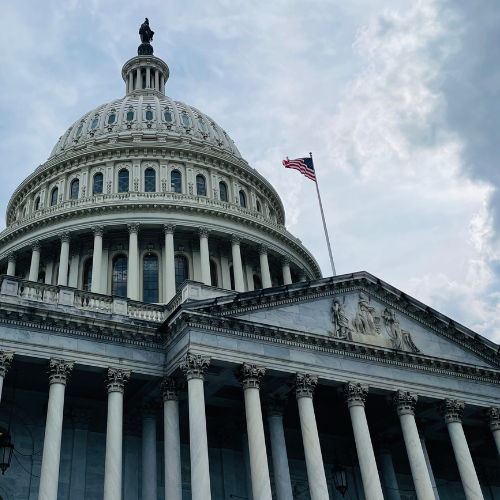
This month’s HR Brief discusses the new joint-employer rule from the NLRB and explains what employers can do about coronaviruses.
Download the full version of this HR Brief
NLRB Issues New Joint-employer Final Rule
The National Labor Relations Board (NLRB) recently announced a new joint-employer final rule, which becomes effective Apr. 27, 2020, and applies to labor issues related to the National Labor Relations Act.
The NLRB is changing the standard it uses to determine whether employers are considered joint employers. Specifically, the NLRB is abandoning its decision in Browning-Ferris Industries of California, Inc. to return to the previous standard of “substantial direct and immediate control” over essential terms and conditions of employment of another employer’s employees.
The NLRB’s new standard follows the U.S. Department of Labor’s (DOL) new FLSA joint-employment determination test. Both tests focus on the amount of control an employer exerts over the employment relationship.
Joint Employment
Joint employment situations can happen when two or more employers share personnel hiring, supervision and management practices. Whether joint employment is by design or unintentional, joint employers are equally:
- Required to bargain with the union that represents jointly employed workers;
- Liable for unfair labor practices committed by other joint employers; and
- Subject to union picketing or other economic pressure if there is a labor dispute.
Next Steps for Employers
Employers should review the final rule and determine whether they are in joint employment relationships based on the updated standard. Employers in these relationships should also determine whether the other joint employers in the relationship are in compliance with labor and employment laws.
Coronaviruses and the Workplace
Coronaviruses are fairly common and don’t typically affect humans. When they do, their effects are usually mild, as in the case of the common cold.
However, deadlier variations of these coronaviruses have cropped up recently, as seen with COVID-19.
It’s the responsibility of every employer to protect employees from these and other illnesses in the workplace. Taking even small precautions could save an organization countless hours of lost productivity.
Precautions for the Workplace
Employers should protect against coronaviruses much like they protect against the flu: Offer on-site flu shots, stock cleaning wipes and hand sanitizer, and educate employees on prevention methods.
According to the Centers for Disease Control and Prevention, individuals should take the following precautions to avoid person-to-person spreading of a coronavirus:
- Avoid touching your eyes, nose or mouth with unwashed hands.
- Avoid contact with those who are sick.
- Wash your hands often with soap and water.
Unfortunately, there is no known vaccine for a human-contracted coronavirus, making prevention that much more critical.

EEOC to Open EEO-1 Portal for 2023 Workforce Data on April 30
EEOC: Portal for 2023 EEO-1 Reports Opens April 30, 2024; Deadline June 4

DOL’s EBSA Enforcement Results 2023
The U.S. Department of Labor unveils EBSA enforcement results for FY 2023.

Debunking 5 Cybersecurity Myths
Misconceptions about cybersecurity can undermine effective strategies, leaving organizations vulnerable to threats.
